 |
 |
 |
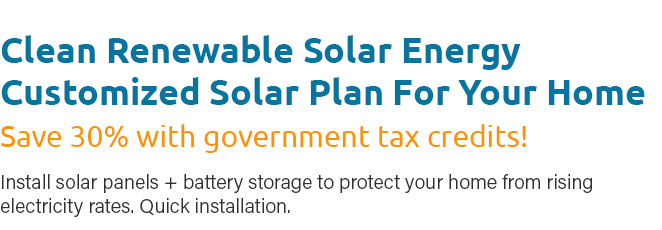 |
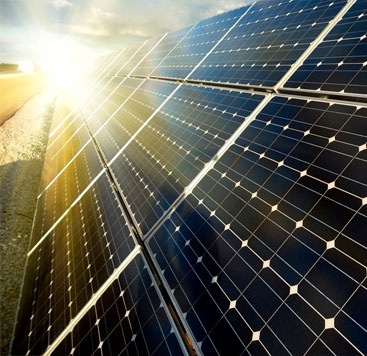 |
 |
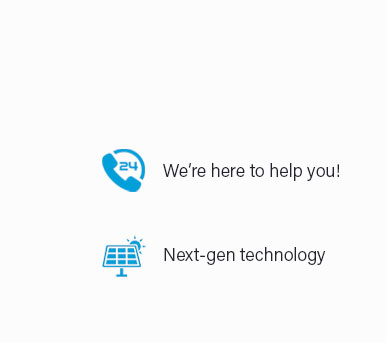 |
 |
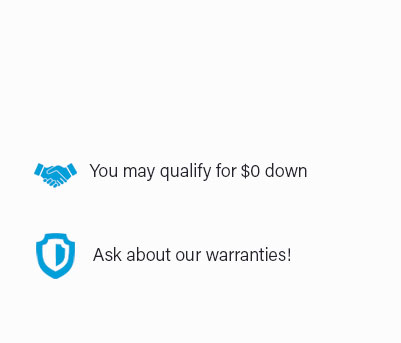 |
 |
 |
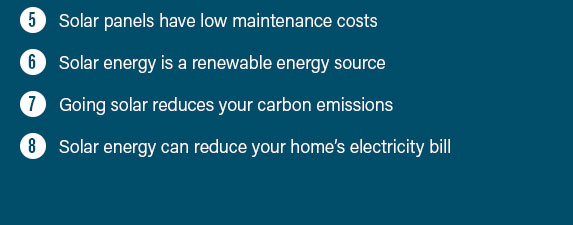 |
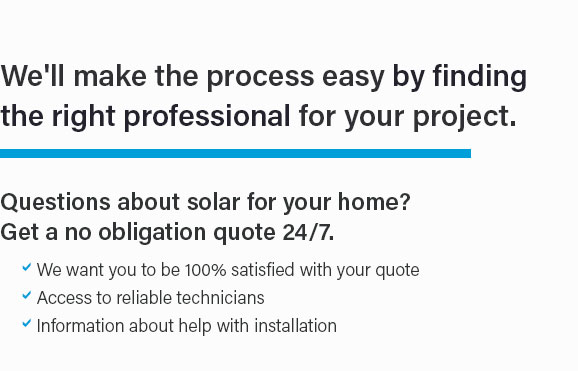 |
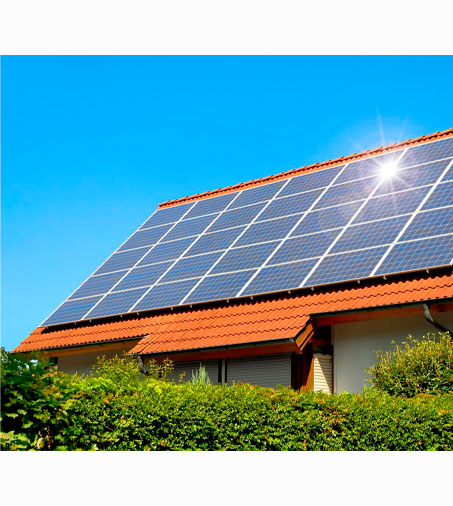 |
|
 |
 |
 |
Understanding the Costs to Install Solar PanelsAs we navigate the ever-evolving landscape of renewable energy, the decision to install solar panels is one that many homeowners and businesses consider with increasing urgency. While the environmental benefits are well-documented, the financial implications can be complex and multifaceted. In this article, we delve into the various factors influencing the cost of solar panel installation, offering insights to help you make an informed decision. Initial Investment and Equipment Costs The initial cost of solar panel installation is perhaps the most significant barrier for many. This cost typically includes the price of the panels themselves, inverters, mounting hardware, and other necessary equipment. On average, solar panel systems can range from $15,000 to $25,000 before any incentives or rebates are applied. The type of panels you choose plays a crucial role here; monocrystalline panels, known for their efficiency, generally cost more than polycrystalline panels. However, the long-term savings they offer often justify the higher upfront expense. Installation and Labor Costs Labor costs can vary significantly based on location, the complexity of the installation, and the company you choose. Typically, labor constitutes about 10% to 20% of the total installation cost. In urban areas, where the cost of living is higher, you might find labor costs creeping upwards. It's advisable to obtain multiple quotes from reputable installers to ensure you are getting a fair price. Don't forget to consider the reputation and experience of the company, as a well-executed installation can prevent future issues and additional costs. Permits and Inspection Fees Another component to consider is the cost associated with permits and inspections, which are necessary to ensure your system complies with local regulations. These costs can range from a few hundred to a couple of thousand dollars depending on your location. While this might seem like an added expense, it ensures the safety and legality of your installation, potentially saving you from fines or issues down the road. Potential Savings and Incentives Fortunately, the financial burden of installing solar panels can be alleviated by various incentives and rebates. The federal solar tax credit, for instance, allows you to deduct a significant percentage of your solar costs from your taxes. Additionally, many states offer their own rebates and incentives, further reducing the net cost. It's crucial to research and take advantage of these opportunities to maximize your savings. Long-Term Financial Benefits While the upfront costs can be daunting, the long-term savings on energy bills make solar panels a financially savvy investment. Depending on your location and energy consumption, you could potentially save thousands of dollars over the lifespan of the panels, which typically ranges from 25 to 30 years. Furthermore, many states offer net metering programs, allowing you to sell excess energy back to the grid, providing an additional source of revenue. Conclusion In conclusion, while the journey to installing solar panels is fraught with financial considerations, the long-term benefits often outweigh the initial costs. By carefully assessing the equipment and installation costs, taking advantage of available incentives, and understanding the potential for future savings, you can make a decision that is both environmentally and financially sound. As solar technology continues to advance, the accessibility and affordability of solar energy are likely to improve, making it an increasingly attractive option for those looking to reduce their carbon footprint and energy bills. https://www.sunrun.com/solar-lease/cost-of-solar
3. Solar panel installation ; Labor. $0.30 per watt ; Panels. $0.47/Wdc ; Inverter. $0.12$0.39/Wdc ; Permit. $0.06/Wdc. https://www.apep.uci.edu/in_the_news_2023-oct-3.html
Installing residential solar panels typically costs $10,000 to $30,000 or more. We've talked to solar customers who told us they paid $18,000 in ... https://green-living.na.panasonic.com/articles/how-much-do-solar-panels-cost-breaking-down-the-price
The average residential solar system costs between $13,000 and $20,000, although costs can range as high as $40,000 for ...
|